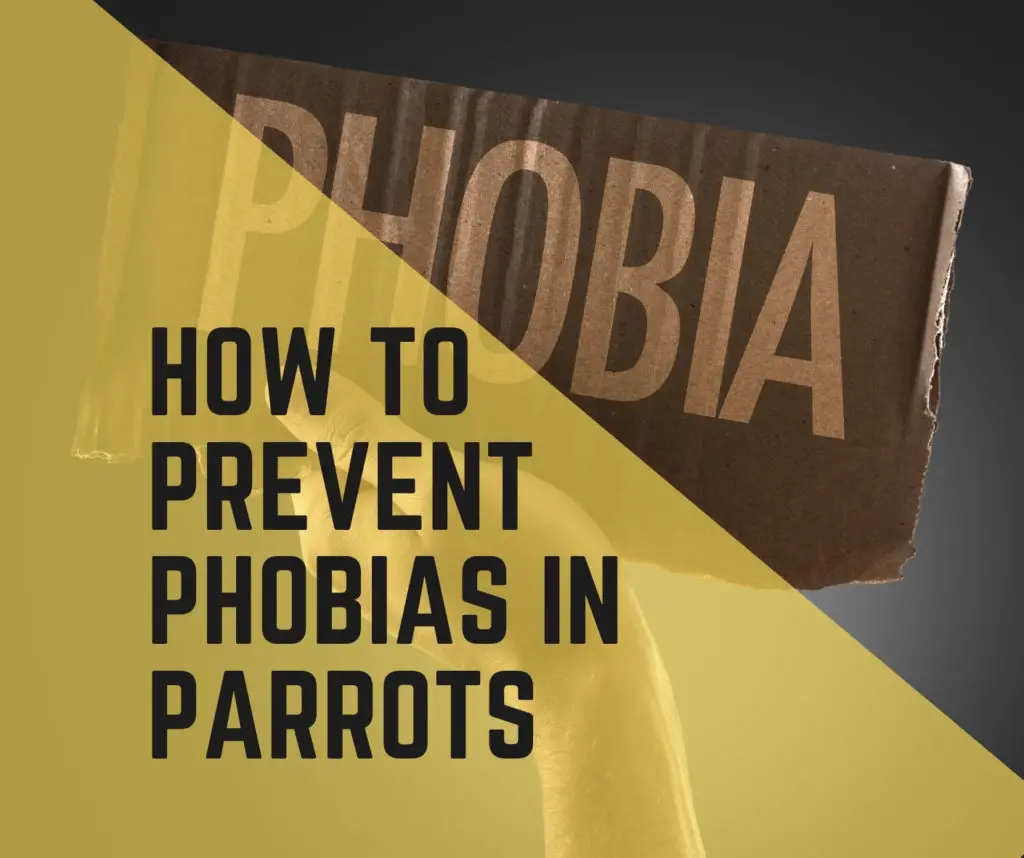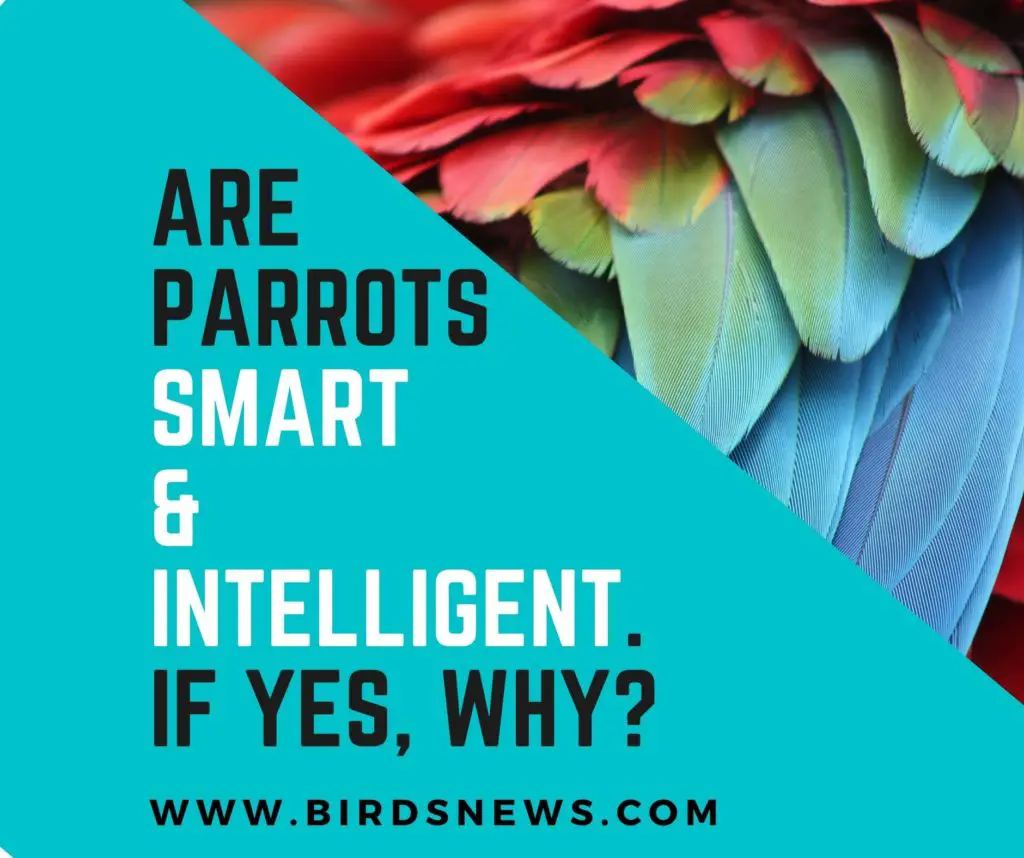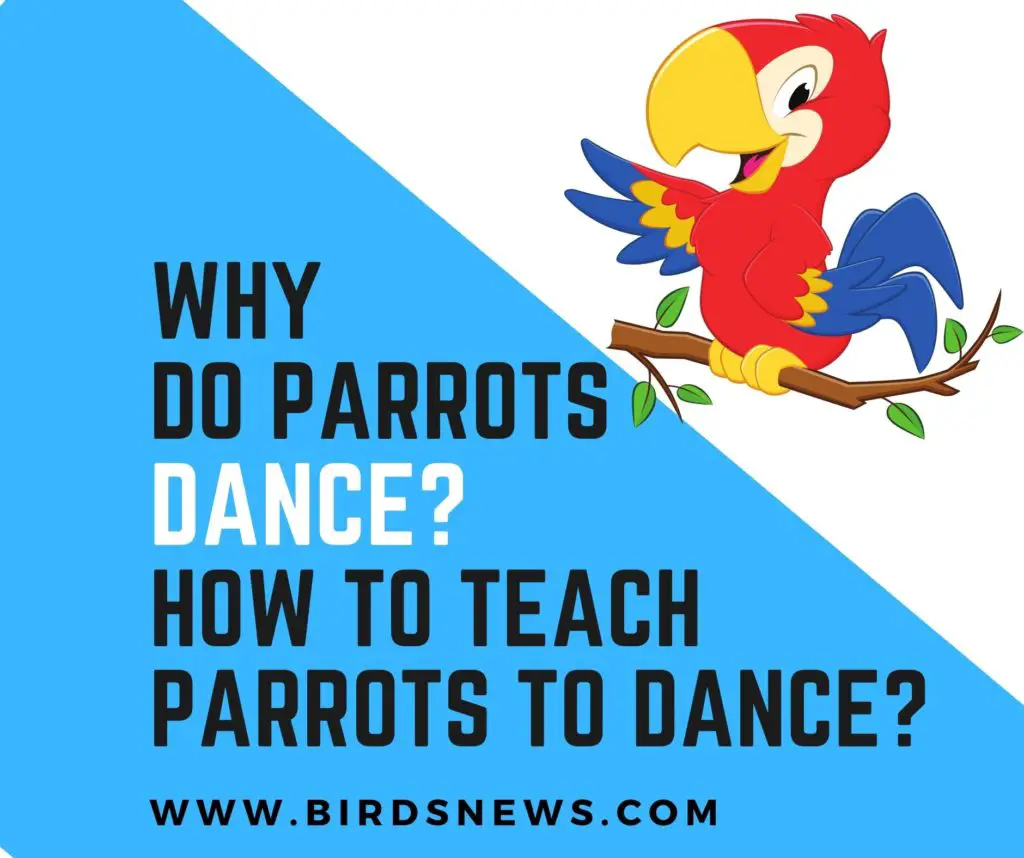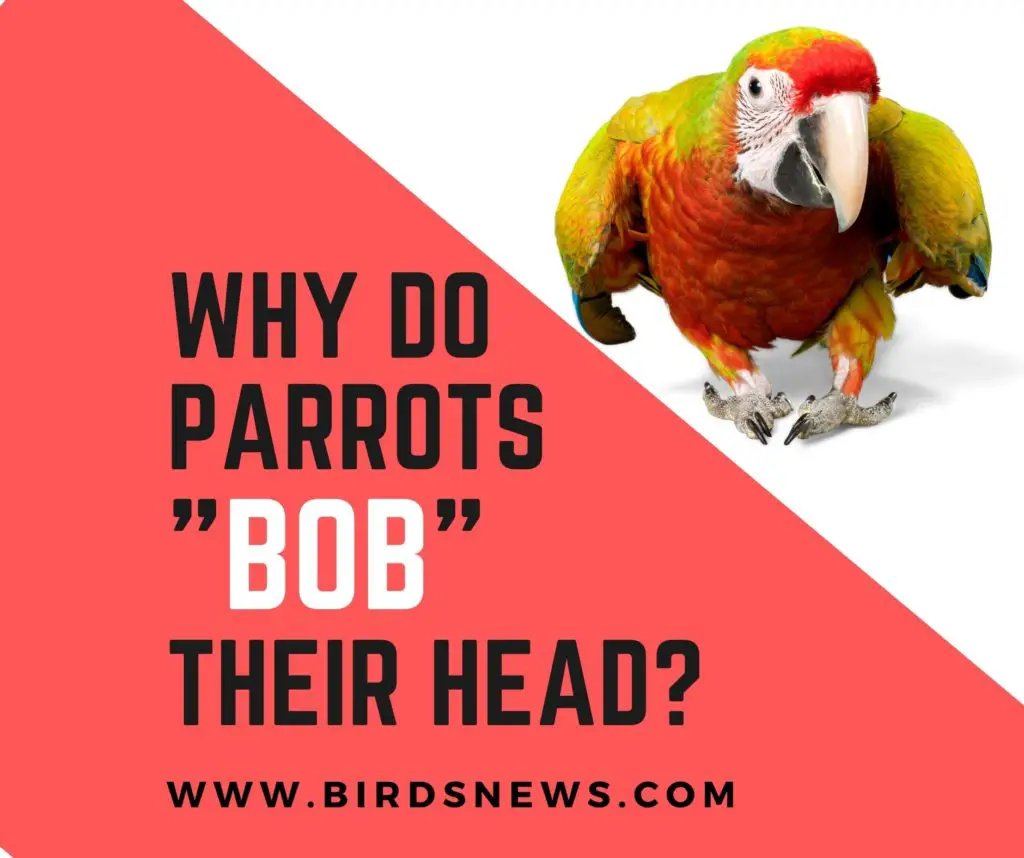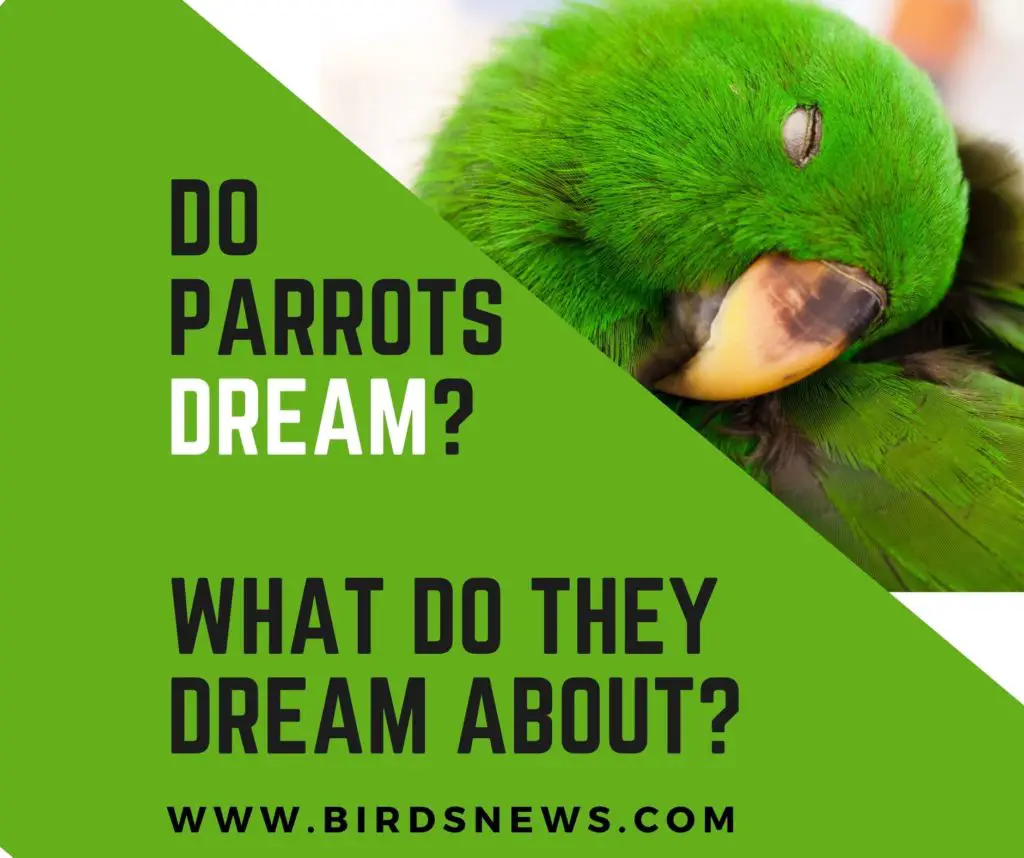Preventing Phobias In Companion Parrots
We, behavior consultants, are seeing far too many cases of phobic parrots, who come from loving households but have become frightened to the point of fearing death from their human companions.
As we raise more companion parrots for the pet trade, this problem will only grow unless we understand why it happens and educate new parrot owners about how to prevent it.
Why do parrots, especially certain species, become phobic?
As everyone knows, there are predators – animals that eat other animals – and the rest of the animal kingdom.
Parrots fall into the latter category, commonly referred to as prey animals.
They have evolved into species with having genetic instincts and learned behavior patterns that allow them to identify their natural enemies and protect themselves – by fleeing or the natural camouflage of a flock of grey, rose-colored or white birds blending together as if they were one.
However, we seldom see phobic behavior in wild-caught parrots. It’s the domestically bred and raised parrots that behave as if their owners are predators.
Looking toward the nature of parrots in the wild, although few studies have been done with rose-breasted c0ckatoos (galahs) and African greys in their natural habitats, we do know that these species are so prone to phobic behavior are occasional ground feeders.
Avoid Predatory Birds
Their primary predators are hawks, which attack from above. Although at a disadvantage on the ground, two factors probably help avoid becoming a hawk’s lunch.
First, they feed in disorganized, jumbled flocks, causing their colors to blend together in one blurred glob to the hawk circling overhead, looking for an individual to snatch. Without a sharply outlined individual bird to attack, the hawk may not dive.
Second, our wild greys and galahs can fly to flee an overhead predator, and there lies a common cause of phobia in domestic birds. Unknowingly, we may clip young birds too short to allow a comfortable glide to the floor after a fall or a jump from the cage.
This, combined with attitudes that our parrot toenails must be blunt enough that they don’t scratch our hands and arms and perches that are too large for young birds to comfortably grip lead to birds that experience traumatic falls.
The young bird falls hard to the floor and the next thing its human does is rush to it – above its head like a hawk.
The parrot cannot escape by flying, so it runs for cover, often a couch or piece of furniture with a crawl space close to the ground.
We chase faster, determined to ‘catch’ our parrot before it finds safety under a bookcase or couch.
That is one recipe for phobia. Often these birds are afraid of their humans to the point of fearing for their lives.
Why doesn’t this happen with wild-caught, who we would expect to react far worse to a human chasing them?
Probably because wild parrots were raised by their parent birds, not a human surrogate who hand feeds them, but doesn’t teach them how to survive in their habitat.
With the exception of strong natural instincts about primary predators, such as hawks, wild parrots are probably taught by their parents what the rest of the predator species look like. Maybe it’s any animal with four legs and sharp pointed teeth.
In any case, predators probably do not include man, since it’s been a relatively short period of time that man has been capturing parrots in great numbers.
Unfortunately, most of our domestically raised parrots do have this information, not having been raised by other birds.
They must fall back on genetically patterned instincts that tell them to fear attacks from above. Instincts are always stronger than trained patterns.
Therefore, although we raise them and nurture them, one frightening episode that evokes an instinctive fear of an overhead attacking predator may be all it takes to send a young parrot over the edge into a long-term phobia of that person.
Veterinarian Phobia in parrots
There are other causes of phobia, related to the parrots’ perception of who is a predator. I’ve had many cases of phobic parrots who had primary feathers pulled by a veterinarian with the parrot’s owner either present or, even worse, holding the bird.
A couple of trips to the veterinarian for this painful, frightening procedure, and the parrot often wants nothing to do with the veterinarian or its owner.
My own avian veterinarian will not allow owners to remain in the room with their bird if she has to pull any primary feathers. She would rather the bird not transfer its fear to the people it trusts and lives with.
Sometimes feather plucking and chewing lead indirectly to phobias. If the feather mutilation is due to psychological causes, such as insecurities and separation anxieties, the bird is more prone to losing its trust in its human.
For instance, parrots are extremely social flock animals, who must stay within their flocks for safety, food-finding, and other survival needs.
The human flock Fear
If we – the human flock – leave a young African grey for a long-awaited vacation, it may instinctively think the flock has abandoned it and start plucking.
If its wings are plucked to the point where it crashes and falls easily, it may find itself on the floor, fleeing from a large two-legged predator – us. Insecure to start with, this parrot is only a quick breath away from becoming phobic of its human.
The parrot who has chewed its feathers to the point of feather follicle damage for psychological reasons and is taken to a veterinarian to pull a few of these damaged feathers is another prime candidate to become phobic.
Solutions
Recently I and my good friend coined a new descriptive term – behavior compatibility.
This describes allowing a parrot to follow its instinctive path through prevention and consideration for our parrots’ natural behaviors by modifying our own reactions.
In other words, if a parrot’s natural instincts make it need to live within a flock, we place it in the family’s activity area, rather than alone in another room.
Thus, we may prevent behaviors like screaming or plucking that are nuances to us and destructive, neurotic behaviors for the parrot.
For the bird who falls and is chased, we can often prevent that by not clipping the nails and wings too short and by giving the parrot perches that are not slippery and are easily gripped.
Leaving a parrot’s wings clipped a little longer gives it security from knowing that it can fly, although it may not be able to gain height.
If a parrot has learned to fly when it fledged, then was clipped back only to where it cannot fly higher than a couple of feet, it will be able to navigate for a short distance and land with control.
If it cannot control where it lands, or can only flop a few inches off the floor when it attempts flight, it can easily become fearful. Of course, any parrots clipped long should not be taken outside unless it is in a carrier or harness.
If the bird does fall or jump to the floor, don’t rush to its aid. Stand where you are and calmly wait for the parrot to turn toward you. Turning toward you is a parrot’s way to let you know that it wants your help, usually, a lift back up onto the cage or perch.
If your bird must have feathers pulled, don’t be in the same room with it and your veterinarian. Be waiting outside to comfort and signal a return to flock normalcy after a painful, traumatic experience.

Hi, There and Welcome to BirdsNews.com, is here to help you learn and care about pet birds. and this blog is a journal of everything I’ve learned.

